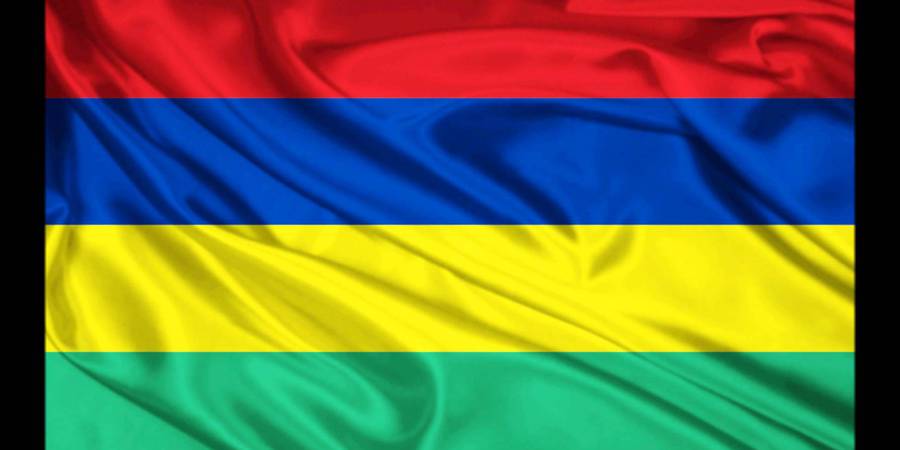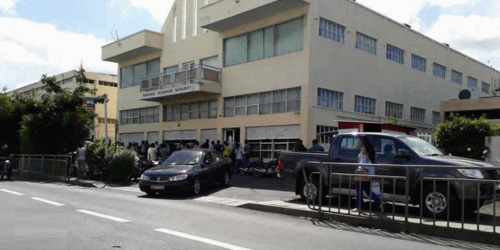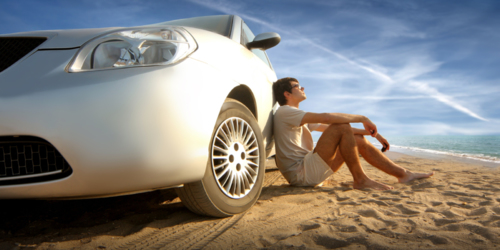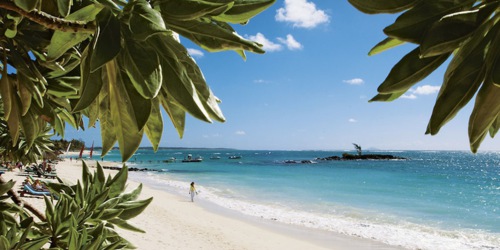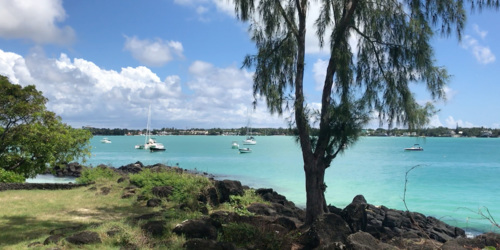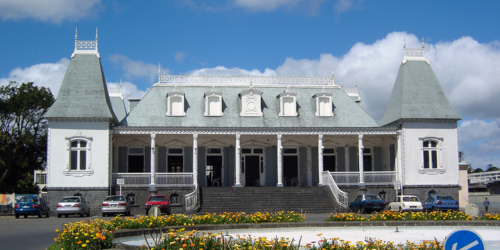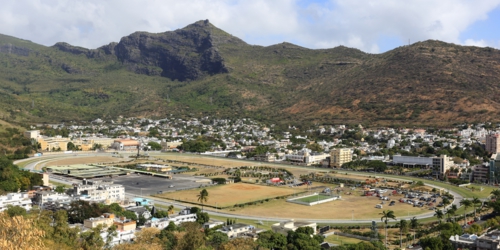The campaign for independence gathered pace during the early 1960s, following a slow but steady move towards home rule in the late 1940s and 50s. A new constitution was granted to Mauritius in 1947 in which the vote was given to women for the first time. The requirement that voters must own property was also removed. These two measures resulted in a huge increase in the electorate – from 12,000 to almost 72,000 people – and following elections in 1948, a new Legislative Assembly was born, formed of 12 governor-appointed members and 19 voted for by the public.
Winds of Change
In 1959, British Prime Minister Harold Macmillan gave his famous Winds of Change address to the Parliament of South Africa, in which he made clear the British government’s intention to grant independence to many of its African colonies. Macmillan’s primary message – that the ‘growth of national consciousness’ throughout Africa was a ‘political fact’ – underscored his belief that self-government was an inevitability, and helped clear the path towards independence.
Independence Day
On 12th March 1968, Mauritius adopted a new constitution and gained its independence as a constitutional monarchy. Sir Seewoosagur Ramgoolan became the independent nation’s first Prime Minister, but Queen Elizabeth II remained head of state. However, exactly 24 years later, on 12th March 1992, Mauritius became a republic within the British Commonwealth, with all political power vested in the Prime Minister.
Mauritius, an Indian Ocean island nation, is known for its beaches, lagoons and reefs. The mountainous interior includes Black River Gorges National Park, with rainforests, waterfalls, hiking trails and wildlife like the flying fox. Capital Port Louis has sites such as the Champs de Mars horse track, Eureka plantation house and 18th-century Sir Seewoosagur Ramgoolam Botanical Gardens.
Capital: Port Louis
Currency: Mauritian rupee
Population: 1.268 million (2018)

